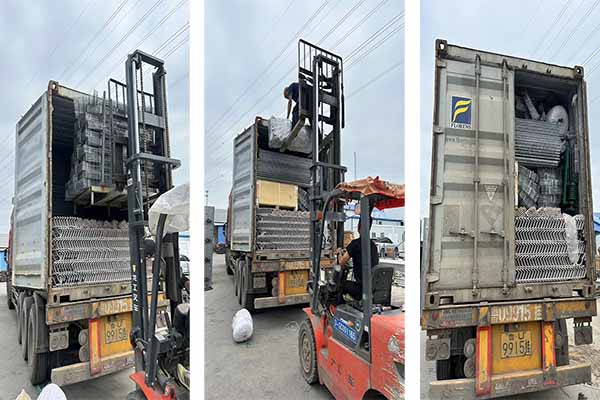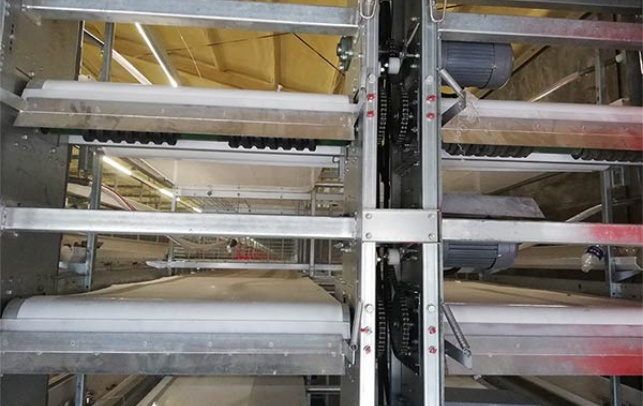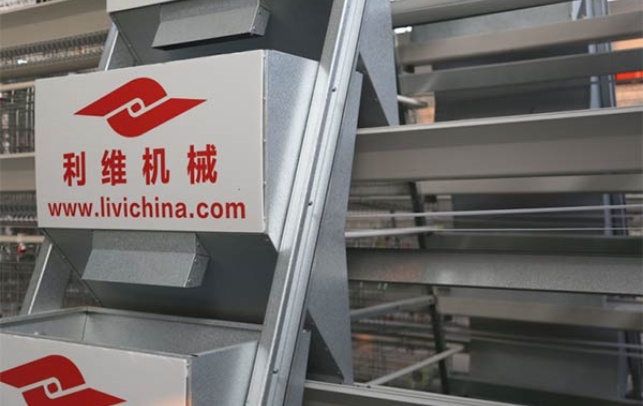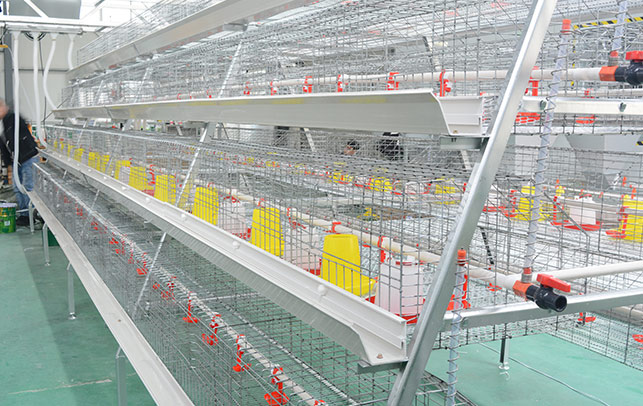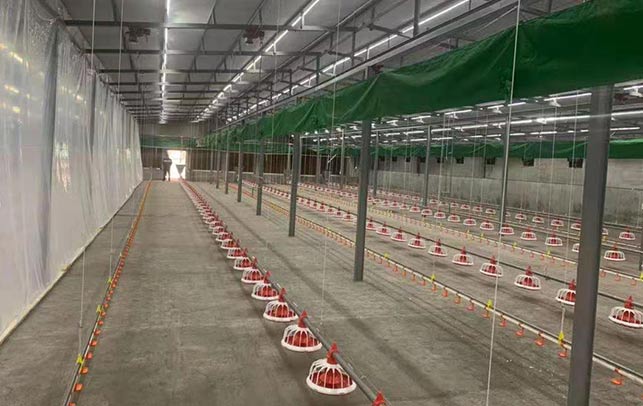How to Reduce Feed Waste in Tanzanian Chicken Farms
Time : 2025-07-03
Feed waste in Tanzanian chicken farms is a significant issue that affects both the profitability of the farms and the environmental sustainability of the region. As the demand for poultry products grows, so does the need for efficient feed management practices. This article provides a comprehensive guide on how to reduce feed waste in Tanzanian chicken farms using professional poultry equipment knowledge.
Introduction to Feed Waste in Tanzanian Chicken Farms
Feed waste in poultry farming refers to the unused or uneaten feed that remains after the birds have consumed their required portion. This waste can be due to various factors, including inefficient feed management, poor feed formulation, and incorrect feed delivery systems. Reducing feed waste is crucial for several reasons:
– Cost Savings: Reducing waste directly impacts the financial bottom line of the farm by reducing feed costs.
– Environmental Sustainability: Less waste means less environmental impact from unused feed.
– Animal Health: Improved feed management can lead to better health outcomes for the chickens, as they receive the nutrients they need without excess waste.
1. Optimize Feed Formulation
The first step in reducing feed waste is to ensure that the feed is properly formulated to meet the nutritional needs of the chickens. This involves:
– Regular Analysis: Conduct regular analysis of the feed to determine its nutrient content.
– Customization: Tailor the feed formulation to the specific needs of the chickens, considering age, weight, and production stage.
– Professional Consultation: Work with a nutritionist or a feed manufacturer to create a balanced feed formula.
2. Implement Efficient Feeding Systems
Using the right feeding equipment can significantly reduce waste. Here are some key considerations:
– Automatic Feeders: Install automatic feeders that dispense feed at specific times and amounts, preventing overfeeding.
– Gravity Feeders: Use gravity feeders to ensure that feed is delivered slowly and continuously, reducing the chance of waste.
– Water Flow Control: Ensure that water flow is consistent to prevent birds from flooding their feed with water, which can lead to spoilage.
3. Monitor Feed Intake
Regularly monitoring feed intake is crucial for identifying and addressing issues that lead to waste:
– Daily Record Keeping: Keep detailed records of feed intake to identify patterns and anomalies.
– Weight Management: Use weight management systems to track the growth of chickens and adjust feed intake accordingly.
– Inspection: Regularly inspect feed bins and troughs for signs of spoilage or contamination.
4. Manage Storage and Handling
Proper storage and handling of feed can prevent spoilage and reduce waste:
– Aeration: Use aeration systems to maintain a stable temperature and reduce moisture levels, which can lead to mold and spoilage.
– Container Quality: Store feed in high-quality containers that prevent moisture and pests.
– Handling Practices: Train staff on proper handling practices to minimize spillage and contamination.
5. Utilize Poultry Equipment
Professional poultry equipment can help manage feed more effectively:
– Feed Sensors: Install feed sensors to automatically adjust feed delivery based on the number of birds.
– Feed Conveyors: Use conveyors to transport feed from storage to the feeders, reducing the risk of spillage.
– Composting Equipment: Use composting equipment to process feed waste into compost, which can be used as fertilizer.
6. Implement Biosecurity Measures
Biosecurity is essential to prevent diseases that can lead to increased feed consumption and waste:
– Sanitation: Maintain high levels of sanitation in the farm to prevent disease outbreaks.
– Staff Training: Train staff on biosecurity protocols to prevent the introduction of diseases.
– Pest Control: Implement effective pest control measures to prevent rodents and birds from accessing feed.
Conclusion
Reducing feed waste in Tanzanian chicken farms is a multifaceted task that requires a combination of proper feed formulation, efficient feeding systems, and effective management practices. By utilizing professional poultry equipment and implementing the strategies outlined in this article, farmers can significantly reduce feed waste, improve profitability, and contribute to environmental sustainability.
Tags
